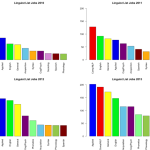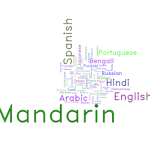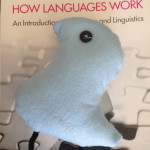It’s been over a year since I’ve blogged. The last year has been a crazy flurry of life changes and positive self improvement, including but not limited to:
- Dropping out of grad school
- Joining the tech industry
- Moving (twice)
- Rekindling old hobbies (cycling, painting, and PC gaming)
- Picking up new hobbies (audio books, rock climbing, and tabletop RPGs)
- Running my first Beer Mile (in 17 minutes, tyvm)
- Doing my first unassisted pull-up
- Riding my first quarter century, half century, and metric century
- Going to therapy and stopping having anxiety attacks
- Cutting my hair short
Anyway, I’m at a point in my life where regular blogging might become a thing again. I am learning so much about bikes and computers, I want to share!
Some goals for the foreseeable future:
- Start building stuff with Raspberry Pis
- Go on a multi-day bike tour
- Finally learn calculus (thanks Khan Academy)
- Blog more, paint more, do more yoga
As far as long term goals? I’m really not sure. I recently closed my academia/linguistics chapter of my life, and am starting down this path of the tech world. I’ll do this for a while, and then see where my next “lifetime” takes me.





